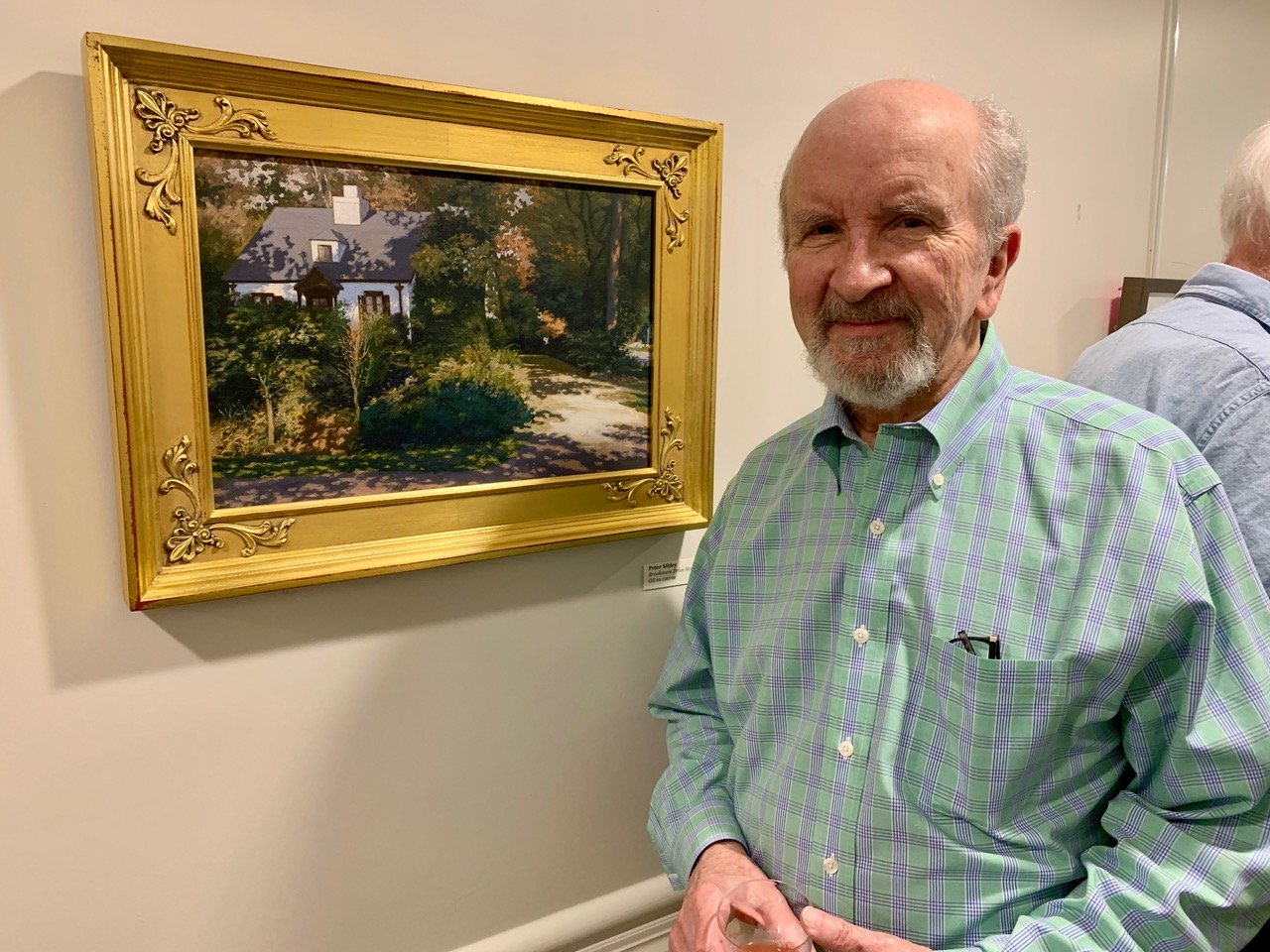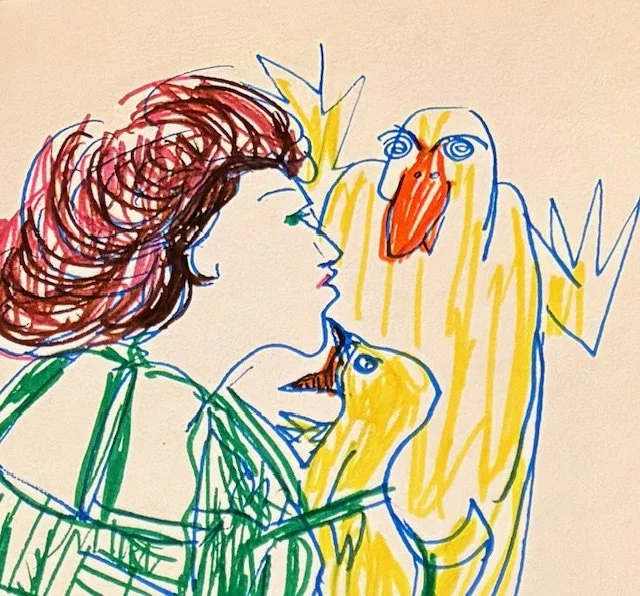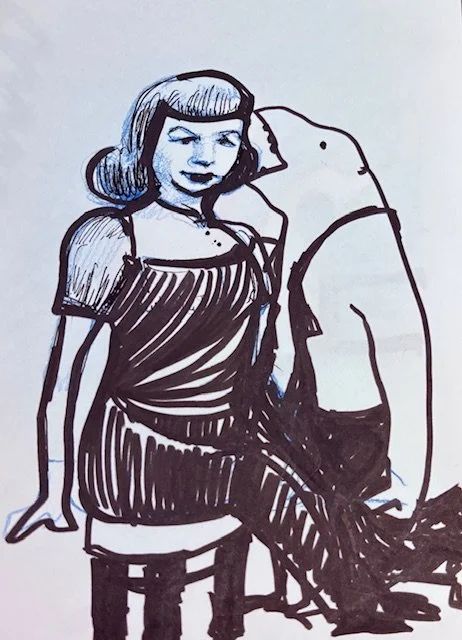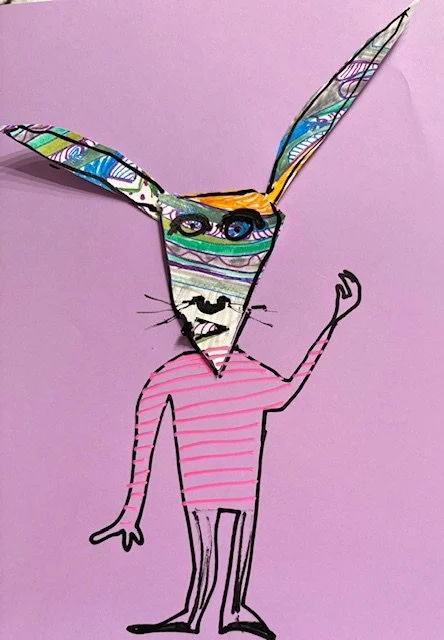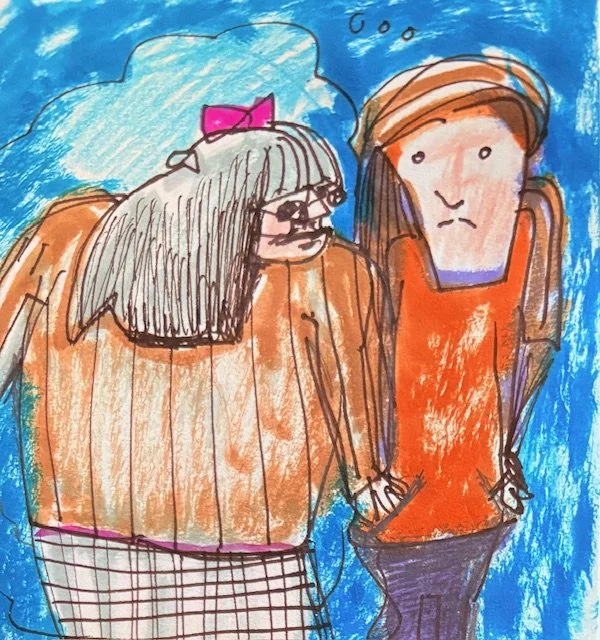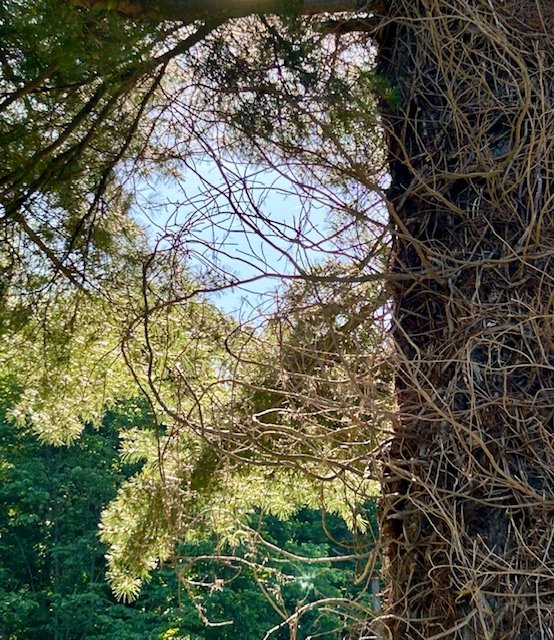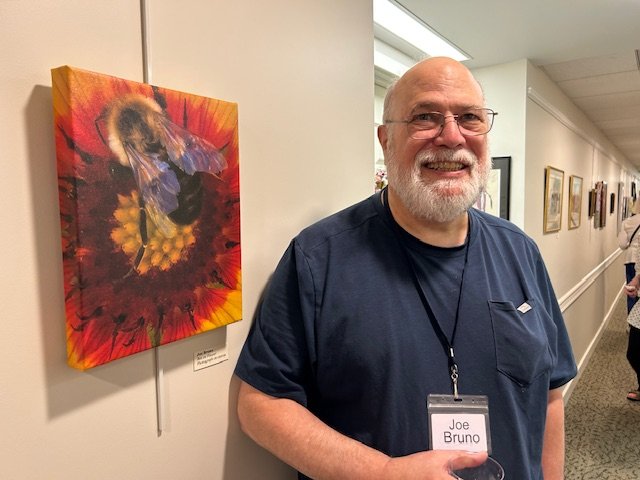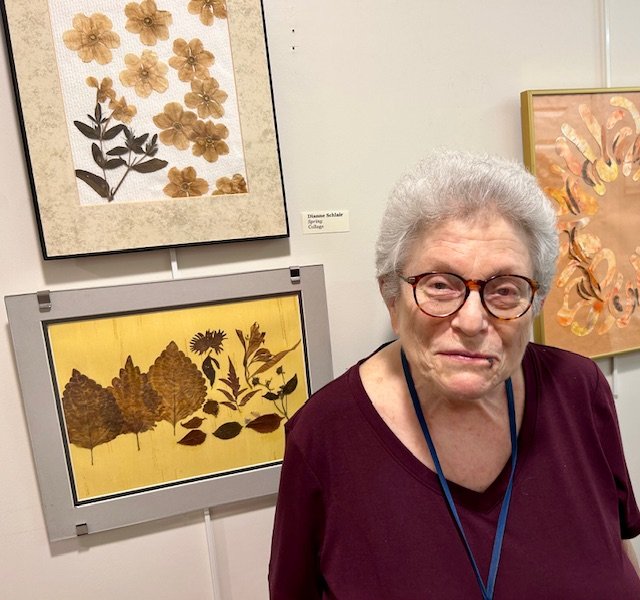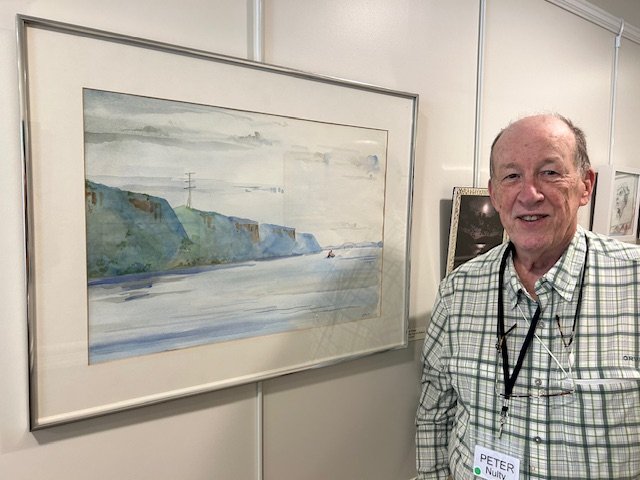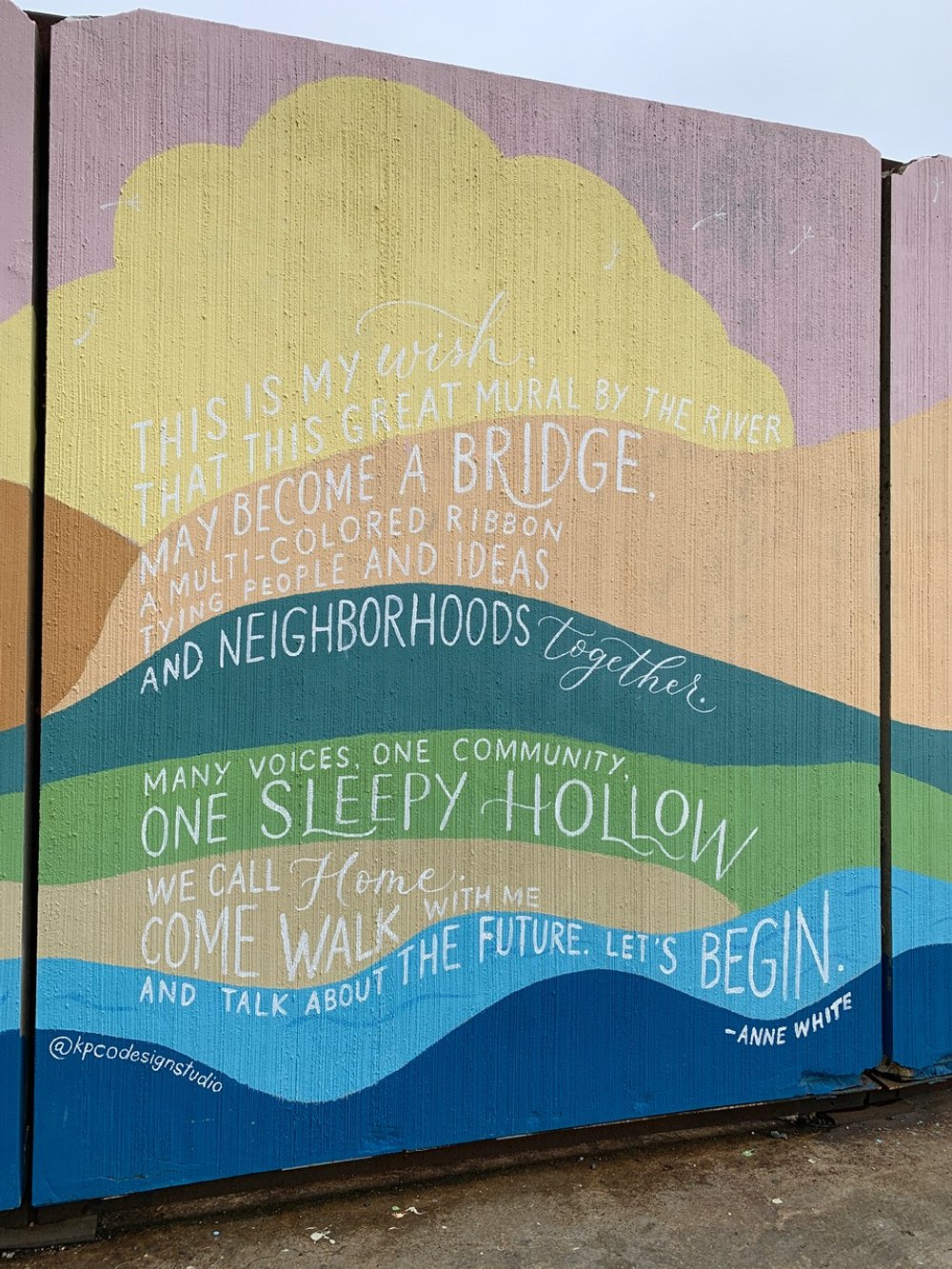Among all the Founding Fathers, Benjamin Franklin had the most interesting extra-curricular activities. Before he studied electricity or invented bifocals, America’s first postmaster general had a habit of writing essays for his brother’s Boston newspaper under the pseudonym “Silence Dogood.”
The 16-year-old posed as a widow because the writing he submitted under his own name was rejected by the New-England Courant which his older brother James published. Silence had much to say about a variety of subjects, with her commentary touching on such subjects as religion and politics, and she was an instant hit with the weekly paper’s readers—she even received marriage proposals.
Fourteen of these essays were published beginning in 1722, but all good things must come to an end. After slipping Silence’s correspondence under the Courant’s door for several months, Franklin eventually revealed his true identity. His brother was none too pleased with this deception, having warned the younger Franklin against growing too vain in the wake of the essays’ warm reception, and the fallout played a part in Franklin’s departure for Philadelphia—the city where he lived for the rest of his life.
Source: historyfacts.com
Contributed by Jane Hart



